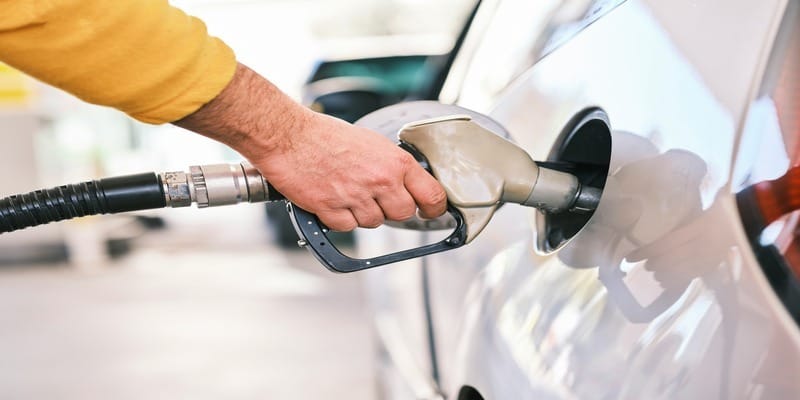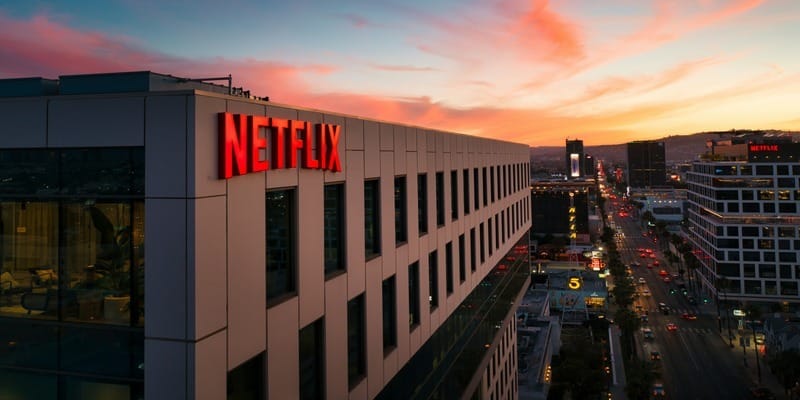Jan 23
Namaste! Aaj ka news roundup, Newswala style!
 | Today, Your Newswala Delivers:
|
And also find out how Trump shocks the world with a pardon for Silk Road creator Ross Ulbricht
Chalo chalein!
Today’s reading time is 5 minutes.
MARKETS
| 23,155.35 | 0.57% | |
| 76,404.99 | 0.75% | |
| 48,724.40 | 0.32% | |
| 22,650.40 | 0.45% | |
| ₹89,34,348 | 0.34% |
Markets: Benchmark indices bounced back amid high volatility, boosted by a major private bank’s better-than-expected results. While the IT sector led the recovery, mid and small-cap stocks lagged behind, weighed down by valuation concerns.
TOP STORIES
Banks’ Borrowings Surge by ₹88,000 Crore

What Happened?
In the final two weeks of 2024, banks turned to the debt market, borrowing a whopping ₹88,000 crore. This marked the highest borrowing spree in six months, driven by sluggish deposit growth and mounting loan demand. These borrowings largely consisted of Tier-II, infrastructure, and green bonds.
Why It Matters?
Rising debt isn’t just a spreadsheet concern but a profitability pinch. With borrowings being costlier amidst tight liquidity, banks’ margins could shrink. The gap persists despite the Reserve Bank of India nudging banks to boost deposits.
While credit grew by 11.2% (excluding the HDFC-HDFC Bank merger impact), deposits lagged at 9.8%. Consequently, the credit-deposit ratio rose to 78.67% from last year’s 77%. This spike highlights a strain on banks’ core resource—deposits—as households now favour higher-yielding investments over traditional savings.
The Numbers game
Outstanding bank borrowings now stand at ₹9.6 lakh crore, a 26% rise in 2024, though slower than 2023’s 70% jump. Moreover, households, contributing the lion’s share to deposits, have shifted gears, reducing their deposit allocations from 55% in FY20 to just 40% in FY24. This shift towards capital market assets has left banks juggling resources while keeping up with credit demand.
PAISON KA KHEL
Could Lower Oil Prices Be on the Way?

Trump’s energy strategy is set to shake things up. His plan focuses on more drilling and fewer restrictions on exports, which could lead to lower global oil prices.
This may reduce OPEC+’s control, soften oil prices, and benefit consumers, especially in India.
Recently, oil prices dropped by $2 to $79 per barrel, and if the Ukraine war ends, they could fall another 20%. While we might not see cheaper gas right away, Trump’s push for more energy production could eventually lead to lower prices at the pump.
Dixon’s $3 Billion Fab Dream
Dixon Technologies is cooking up big plans—a $3 billion display fab unit in India! Partnering with a global tech giant, the Noida-based company wants to cut down on expensive imports and keep things local. But here’s the twist: they’re waiting for the government’s green light (and a hefty subsidy) under the India Semiconductor Mission 2.0.
Meanwhile, Dixon’s also teaming up with an international player to launch cool high-end stuff like notebooks and servers.
TOP STORIES
E-commerce Giants Cut Costs by Outsourcing

What Happened?
Zomato, Blinkit, and Zepto are swapping their in-house logistics for third-party logistics (3PL) providers, and it’s a game-changer. In 2024, 3PLs leased 8.6 million sq. feet, far surpassing the 900,000 sq. feet leased by e-commerce platforms. This surge highlights the growing role of 3PLs, contributing 33% of Grade A space leasing.
Big names like Delhivery and Blue Dart are beefing up their fleets to deliver faster than ever, meeting the growing demand for lightning-fast deliveries.
Why It Matters?
As e-commerce continues to boom, 3PL providers are stepping in to help manage the logistics of rapid delivery and inventory management.
For example, Blinkit and Zepto are not just delivering essentials anymore—they’re expanding into apparel, electronics, and appliances. This shift demands a robust network of small nodes in Tier 1 cities, with up to 100 nodes required to keep pace with urban demand.
Zoom out
The rise of third-party logistics providers is reshaping the e-commerce space. With large-scale leasing deals and growing 3PL fleets, companies can now keep up with the fast pace of consumer demand without breaking the bank. This shift not only benefits logistics firms but also enables e-commerce giants to maintain cost-efficiency while delivering goods faster than ever.
GLOBAL NAZARA
Price Hike, Big Gains, and Squid Games

Netflix just binge-watched its way to success, adding 19 million subscribers in Q4 2024 and crossing a total of 300 million globally. Riding on hits like Squid Game Season 2, it logged a $1.87 billion profit and $10.25 billion in revenue.
Meanwhile, the US saw a price hike—premium plans now cost $25, standard $18, and ad-supported $8. Netflix’s shares skyrocketed 14% to $993.
With plans for live shows, ads, and games, Netflix told competitors, “Chill, we’re not stopping.”
Tokyo Gas Eyes U.S. Expansion with Gas and Grit
Tokyo Gas is going all in on the U.S., hunting for investment opportunities across shale gas, renewables, battery projects, and marketing assets. The Japanese gas giant, which made waves with a $2.7 billion acquisition of Rockcliff Energy in Texas and a 49% stake in Arm Energy Trading in 2024, sees North America as its key growth market.
TOP STORIES
Indian D2C Snack Brands Go Global

What Happened?
Indian snack brands like Go Desi, Beyond Snack, and Sweet Karam Koffee are making a splash in global markets. Following the lead of big names like Haldiram, these new-age brands are bringing Indian flavours to snack lovers worldwide.
Sweet Karam Koffee, for instance, now ships to 32 countries, and nearly 10% of its sales come from abroad. Meanwhile, Beyond Snack has expanded to 12 countries, with international sales steadily rising.
Why It Matters?
Everyone loves a snack, but these brands are taking it up a notch. They’re not just offering tasty treats—they’re making sure they’re healthier too! Sweet Karam Koffee skips the palm oil and preservatives, and Beyond Snack uses better oils.
Thanks to social media and e-commerce, these brands are connecting with people who crave authentic, healthy snacks. And with the global market for Indian snacks set to grow from $17.5 billion in 2022 to $25 billion by 2026, the world is hungry for more!
Final words
The global snack market is booming, and Indian D2C brands are ready to grab their slice of the pie. The organised sector alone is expected to hit $10 billion by 2025. As the global confectionery market also grows at a steady 3.36% annually, Indian snacks are primed for international success. It’s clear that the world is hungry for more Indian snacks—and these brands are delivering!
MIRCH MASALA
📱 Mark Zuckerberg double-taps Lauren Sanchez’s pic – Jeff Bezos, are you watching?
⚽️ Cristiano Ronaldo hits 100 goal contributions for Al-Nassr (watch his epic celebration)
🌱 Swiggy sends free dhaniya with roses – ‘Sabzi main dal lena!’
🏢 Flying Beast calls out Anupam Mittal: ‘My startup’s bigger than Shaadi.com!’
😳 Dua Lipa horrified as fans breached security and entered her hotel room